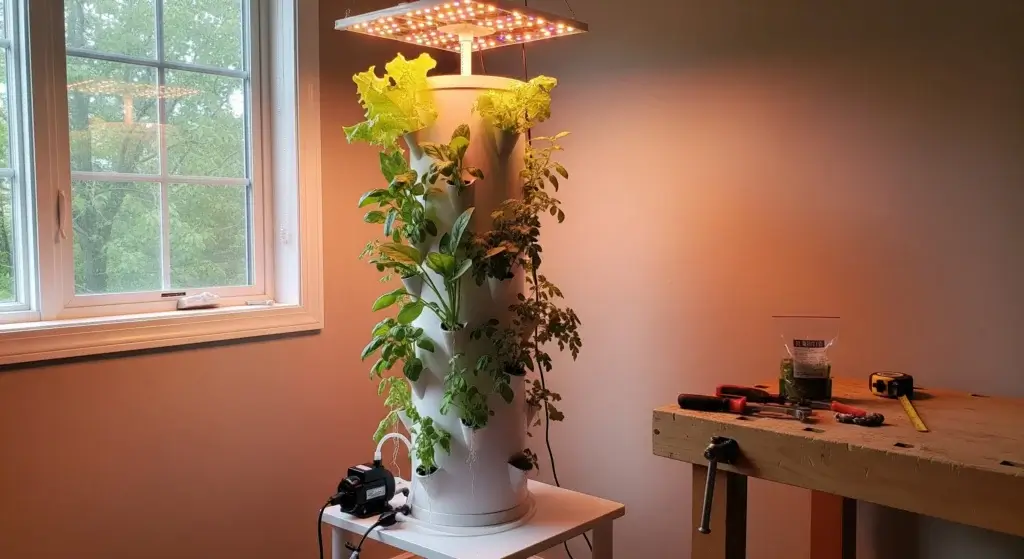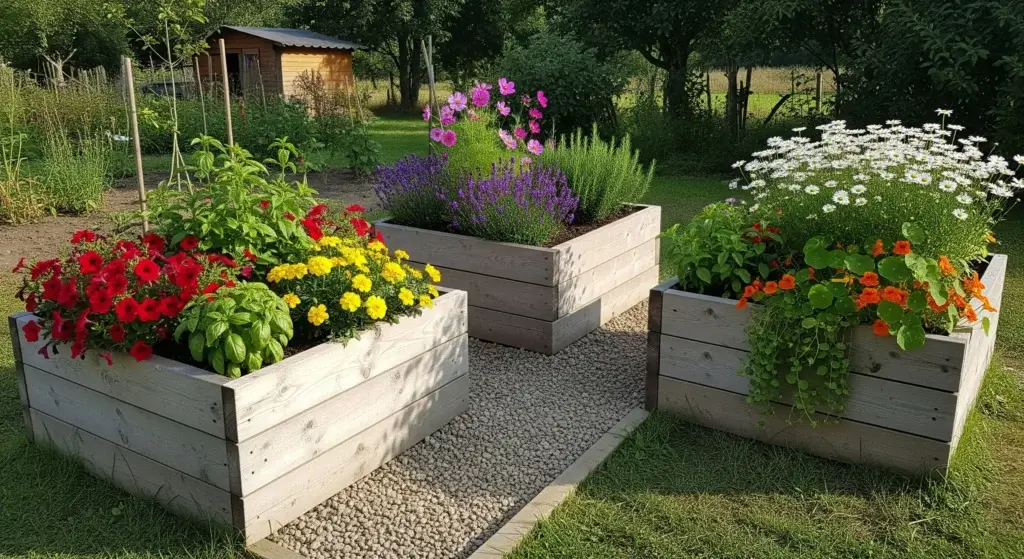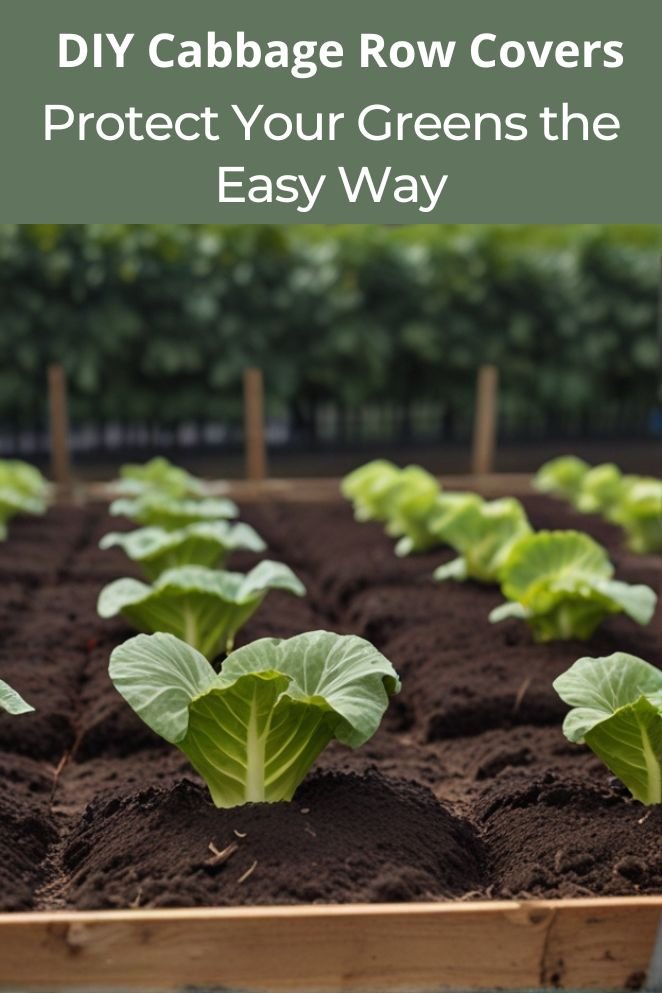
Cabbage row covers are an essential tool for gardeners looking to protect their cabbage plants from pests and harsh weather conditions.
In this blog post, we’ll discuss the benefits of using row covers for cabbage plants and provide a step-by-step guide on how to create your own DIY cabbage row covers.
Benefits of Using Row Covers for Cabbage Plants
Using row covers for cabbage plants provides numerous benefits that can contribute to a stronger, more productive crop.
- Read also: DIY Broccoli Row Covers: Protecting Your Garden with Solutions
- Read also: DIY Plant Covers for Winter: Protect Your Greenery
Here are some of the key advantages of using row covers:
- Pest protection: Row covers help prevent pests like cabbage worms and aphids from damaging your cabbage plants.
- Temperature control: Row covers can help maintain a consistent temperature around your cabbage plants, protecting them from frost and extreme heat.
- Weed control: By covering your cabbage plants, you can reduce the growth of weeds, making it easier to maintain a clean and healthy garden.
- Increased yield: Row covers can help increase your cabbage yield by providing the optimal growing conditions for your plants.
- Weather protection: Row covers can protect your cabbage plants from harsh weather conditions, such as excessive rain, wind, and frost.
- Organic pest management: Row covers are an effective tool for organic pest management, as they exclude a wide range of pests.
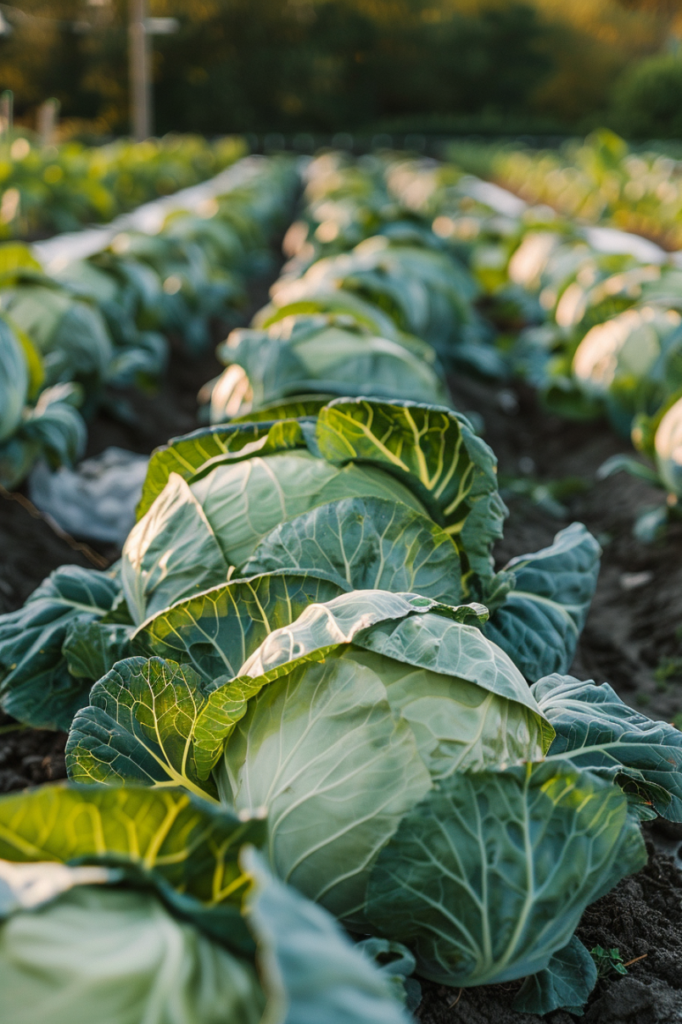
Step by Step Creating Cabbage Row Covers
Materials
Creating cabbage row covers is a straightforward process that involves three main components: the frame, the cover, and securing materials.
Frame
- Flexible PVC pipe: This is a commonly used material for creating the frame due to its flexibility, affordability, and availability.
- Tomato cages: These can be repurposed as frames for smaller row covers, offering a recycled and cost-effective option.
- Hoop house tubing: While sturdier and more durable, hoop house tubing is also more expensive than PVC pipe.
Cover
- Floating row cover fabric: Lightweight and breathable, floating row cover fabric is ideal for protecting cabbage crops from pests while allowing air and moisture to penetrate.
- Shade cloth: In hot climates, shade cloth provides protection from excessive sunlight and heat, helping to prevent sunburn and bolting in cabbage plants.
- Cheesecloth: This lightweight option offers basic protection but may not be as effective at blocking pests as other materials.
Securing
- Staples: Use staples to secure the row cover to the ground, preventing it from shifting or blowing away in the wind.
- Wire hoops: These can be inserted into the ground to create a support structure for the row cover frame, providing stability and ensuring proper coverage.
- Rebar stakes: For added durability, rebar stakes can be driven into the ground to anchor the frame securely in place.
- Bricks or stones: Placing bricks or stones along the edges of the row cover helps to weigh it down and prevent it from being lifted by strong winds.

Instructions
Creating cabbage row covers is a straightforward process that involves a few simple steps:
Measure and cut
- First, measure the length of your cabbage row to determine the size of your row cover.
- Next, cut PVC pipes or other frame materials to the appropriate size. Ensure that they are long enough to span the length of your row.
- Similarly, cut the row cover fabric to a size that will drape over the frame with some excess for securing. This will ensure adequate coverage for your cabbage plants.
Assemble the frame
- If you’re using PVC pipes, push the ends of the pipes into the ground along the length of the cabbage row. Alternatively, you can create pockets in the soil using rebar stakes or insert the pipes into recycled tomato cages for added stability.
- Space the hoops or support structures every 2-3 feet along the row to provide stability and support for the cover.
- For tomato cages, use multiple cages to create a tunnel shape over the cabbage row. Secure them together using wire or zip ties.
- If using hoop house tubing, follow the manufacturer’s instructions for assembly, ensuring that the frame is sturdy and secure.
Attach the cover
- Once the frame is assembled, drape the row cover fabric over the frame, ensuring that it covers the cabbage row completely.
- Secure the edges of the fabric using staples, tucking them into the soil to prevent any gaps where pests could enter.
- Alternatively, use weights such as bricks or stones to hold down the edges of the fabric and prevent it from blowing away in the wind.
- Consider using clips or clothespins to attach the fabric to the frame for easy removal on hot days or for pollination purposes.

Tips and Tricks
When creating row covers for your cabbage plants, here are some tips to ensure their effectiveness and longevity:
- Choose lightweight fabric: Opt for a lightweight, semitransparent fabric made from spun-bonded polypropylene or polyester.
- Secure the fabric: Use landscape staples or binder clips to secure the fabric to the hoops or frames. Ensure the fabric is pulled taut to eliminate gaps where pests could enter.
- Ensure proper ventilation: Proper ventilation is essential to prevent overheating under the row covers. Create openings in the covers or use vented covers to promote air circulation.
- Inspect for trapped insects: Periodically check under the row covers for trapped insects. Remove them promptly to prevent damage to your cabbage plants.
- Remove for pollination: If your cabbage plants require pollination, temporarily remove the row covers to allow pollinators access to the plants.
- Store row covers properly: When not in use, store your row covers in a cool, dry place to prevent damage and prolong their lifespan.
- Consider using a hoop house: For larger cabbage plants, consider using a hoop house to provide additional support and protection from the elements.
- Use a combination of materials: You can use a combination of materials, such as PVC pipes and tomato cages, to create your row covers.
- Watering: Since row covers allow some water to pass through, use a soaker hose or lift the cover to water your cabbage plants as needed.
- Regular inspection: Regularly inspect your row covers for signs of damage, such as tears or holes.
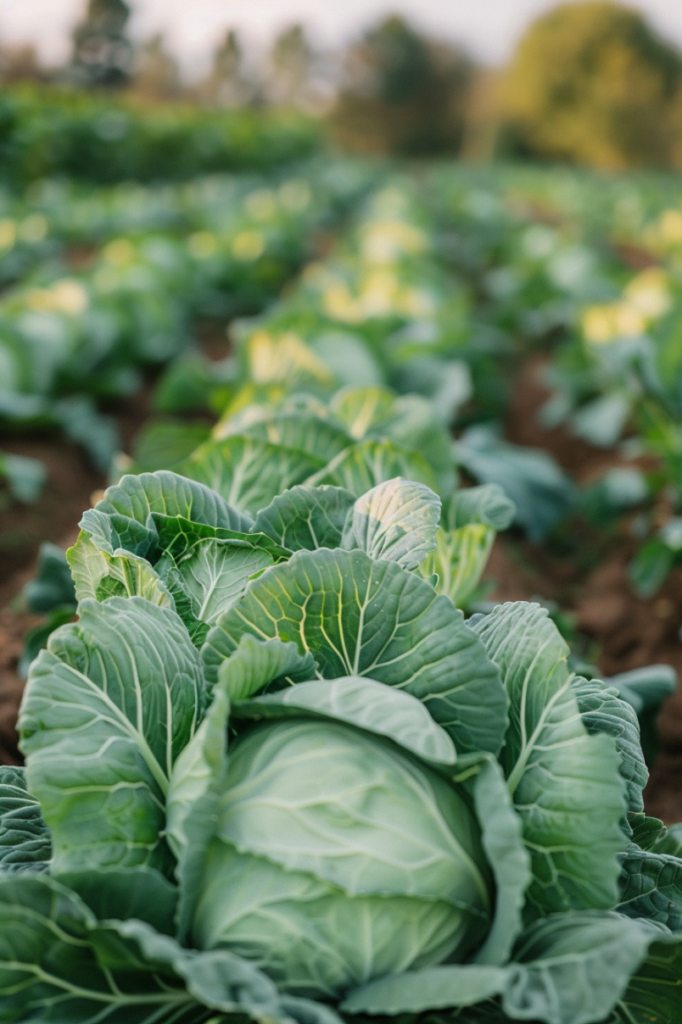
- Read also: DIY Cauliflower Row Covers for Garden Protection
- Read also: Grow Your Own! DIY Vegetable Garden for Beginners
Conclusion
Crafting your own cabbage row covers is a budget-friendly and efficient method to shield your cabbage plants from pests and inclement weather.
By adhering to the instructions detailed in this blog post, you can fashion your own row covers and reap the benefits of a thriving and bountiful cabbage harvest.

